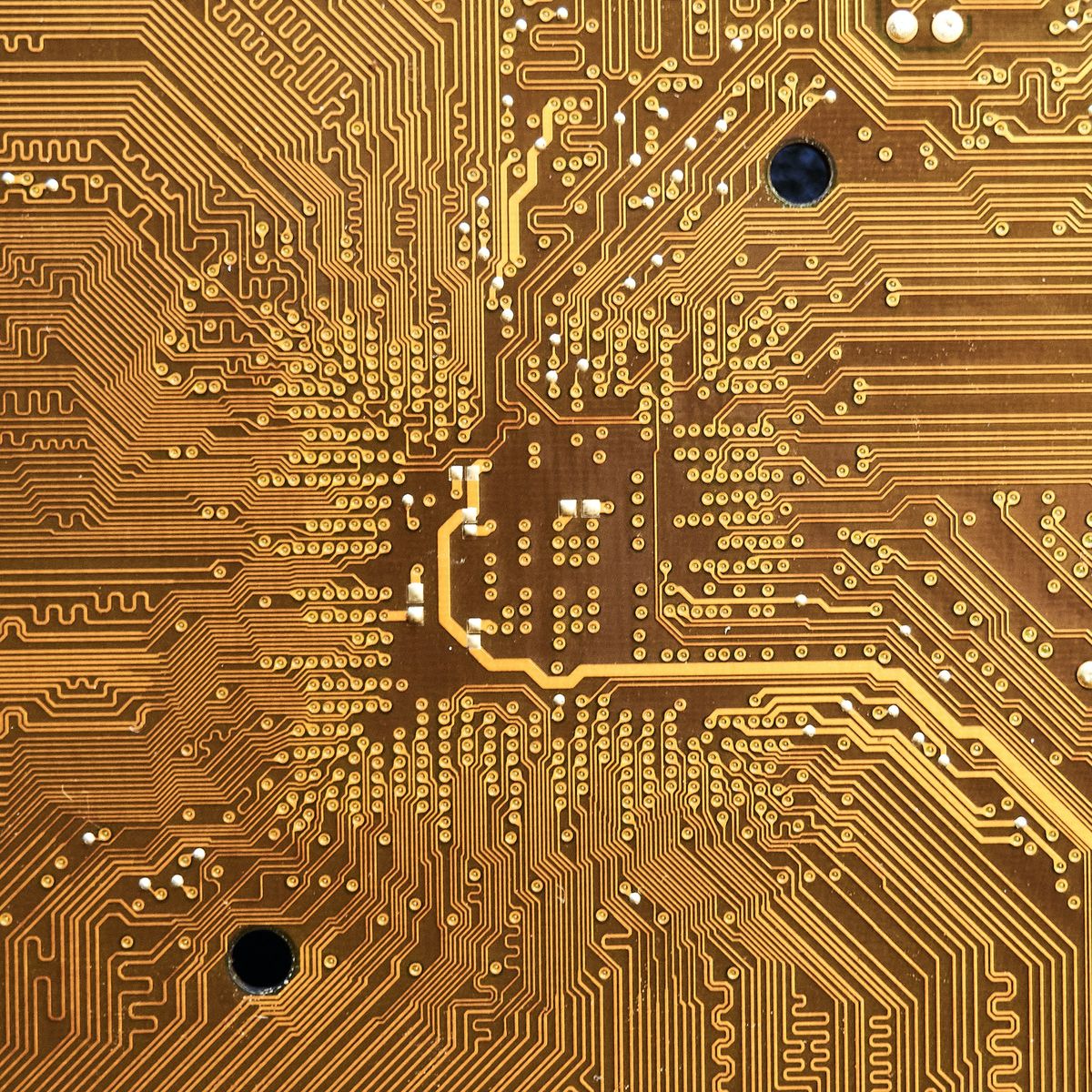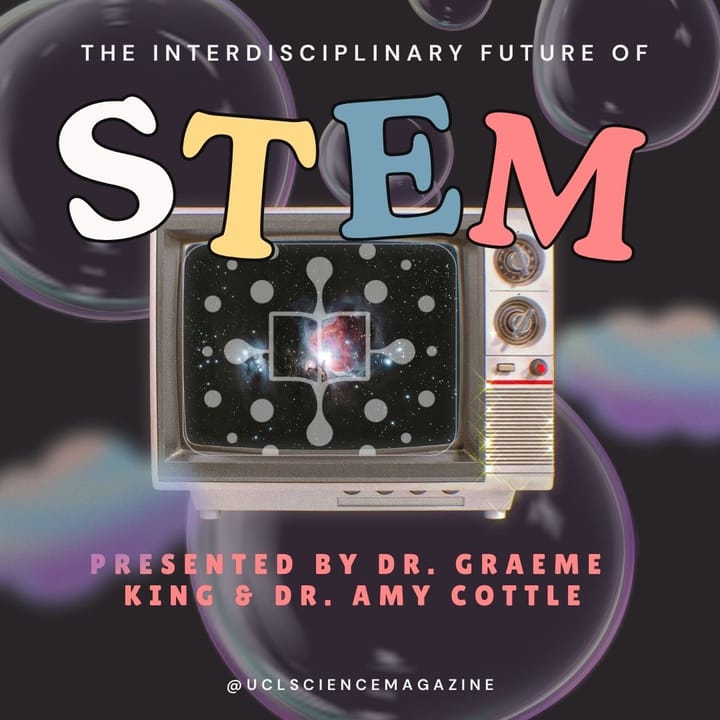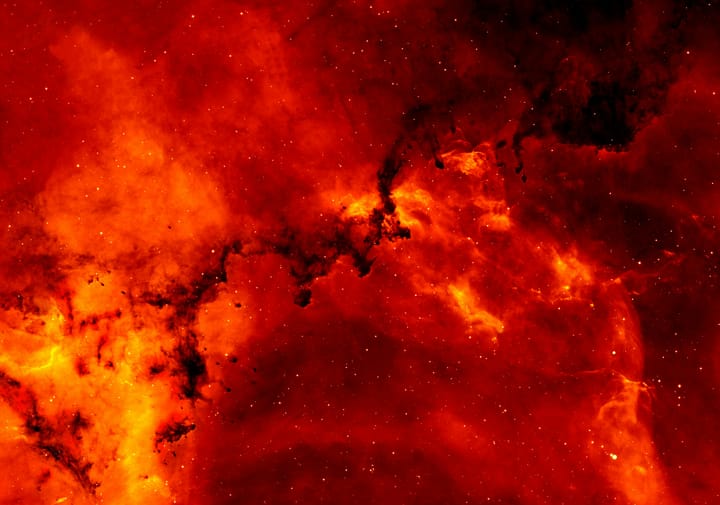What is quantum teleportation, really? Non-neighbouring nodes, qubit channelling and complex quantum networks. True, but invariably non-Layman. Cue Alice, Bob and Charlie, who might just help us wrap our heads around it. By Teresa Su.
Quantum mechanics is notoriously enigmatic, so much so that even Richard Feymann, who won the Nobel Prize in quantum electrodynamics, once remarked that "nobody understands quantum mechanics.” Despite its puzzling nature, the theory in fact offers incredible practical possibilities and may very well encode the future of communication.
Quantum teleportation is the underlying mechanism that promises the realisation of a quantum internet. However, it has only ever been successfully conducted between neighbouring nodes (which could hardly be considered a network) until a team of researchers at QuTech managed to teleport a qubit between non-adjacent nodes.
In order to understand the significance of this advancement, let us first envision a basic teleportation experiment:
Picture a sender named "Alice" who wants to teleport a qubit (a unit of quantum information represented by a photon) to a receiver "Bob". To do this, they need to be connected via both a quantum and classical channel; the quantum channel provides a preliminary step to share a pair of entangled photons, only after which the entanglement necessary for teleportation is created, and the classical channel is used to decrypt the information encoded in the teleported qubit (which is also a photon). Photons are entangled when the quantum state of one of them can be described with respect to the other. Once this entanglement is setup, Alice performs a Bell State Measurement (BSM) that measures the quantum state of her qubit, and as Bob's photon is entangled with Alice's, the very act of measurement triggers the teleportation of this qubit to Bob’s node in an encrypted form. Bob then decrypts the qubit using the measurement outcomes sent by Alice over the classical channel.
As you can imagine, adding a third node "Charlie" to this already intricate procedure would be rather difficult. Not only does Charlie have to be entangled with Alice over Bob, high fidelity (accuracy of teleported information) must also be maintained to ensure that once the qubit is teleported the information it encodes isn’t lost!
The entanglement between Charlie and Alice was achieved by giving Bob and Charlie an additional memory qubit that allows an entanglement swapping protocol to be applied on Bob, which makes it possible for two completely independent photons that have never interacted before, such as between Charlie and Alice, to ensue entanglement. BSM was then performed at Charlie to initiate the teleportation, and an outcome was shared to Alice through the classical channel.
Once Charlie and Alice became entangled, the team set out to overcome three major limitations to high fidelity: reception of false heralding signals, frequency detuning and memory preservation of the qubit.
The first challenge concerned heralding signals that were used to indicate the successful setup of entanglement states. However, false signals were detected when a single photodetector was used for both detection of the entanglement photon and signalling of entanglement success. So instead of using a single path, the team designed two separate regimes to flag the false signal. This modification proved highly effective as the system’s ability to identify false signals enhanced fidelity by almost 10%!
Another issue was frequency detuning via spectral diffusion, where the qubits become out of phase with one another. In essence, these qubits seemed to ‘wander off’ and become out of sync with their entangled partner. It was found that this detuning occurred more often for photons that were detected later. So by simply shortening the detection window, fidelity was improved. The team eventually settled on a detection period of 15 nanoseconds which increased fidelity by a further 3%, placing it firmly above the classical bound.
The last piece of the puzzle involved enhancing the memory that stores the qubit. Qubits naturally decohere when they become entangled with the external environment, causing them to lose the quantum behaviour necessary for teleportation. Interestingly, it was recently discovered that a magnetic field of 189 millitesla could provide a spin bath that protects the qubits' active coherence, allowing a substantial increase in the memory preservation of the qubit. The team also implemented an alternating readout procedure to filter out inconsistent readouts of the memory qubit. Overall, these enhancements made teleportation between non-adjacent nodes possible at a fidelity of around 70% - a rate higher than the classical bound of 2/3.
This investigation was a feat of an achievement in our understanding of building quantum networks beyond direct communication between two neighbouring nodes. Although, much work remains in the translational aspect; embedding this process into optical fibres for industrial, large-scale quantum internet poses a major challenge. The development of an independent control software is also an essential for practical use. With these advancements being actively studied, a quantum internet may not be as far from reality as we once thought.
References
Hermans S, Pompili M, Beukers H, Baier S, Borregaard J, Hanson R. Qubit teleportation between non-neighbouring nodes in a quantum network. Nature [Online]. 2022;605(7911):663-668. [Accessed 19 August 2022]. Available from: <doi:10.1038/s41586-022-04697-y>





